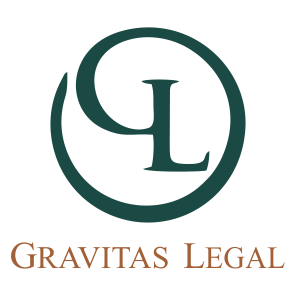In a significant move to protect consumers from deceptive online practices, the Central Consumer Protection Authority (CCPA) introduced the Guidelines for Prevention and Regulation of Dark Patterns on November 30, 2023. These guidelines are designed to address the rising concern of deceptive interface designs that manipulate users into making decisions favouring online businesses while undermining the users’ intentions.
Definition and scope of dark patterns:
The Guidelines characterize dark patterns as “practices or deceptive design patterns employed in user interface or user experience interactions across any platform. These are crafted with the intention of misleading or tricking users into actions they did not initially intend or desire, thereby undermining consumer autonomy, decision-making, or choice. This results in misleading advertisements, unfair trade practices, or violations of consumer rights.” Simply put, a dark pattern is a user interface designed to deceive or manipulate users into making choices that go against their best interests.
Key provisions:
- Applicability: The Guidelines apply to all platforms offering goods or services in India, advertisers, and sellers. It prohibits engagement in dark patterns by any entity, including platforms.
- Specific dark patterns:
- False Urgency – Making users believe there’s a rush to buy, even if it’s not true.
- Basket Sneaking – Adding extra stuff to a user’s cart without asking, making them pay more.
- Confirm Shaming – Using shame, guilt, or ridicule to push users into buying something.
- Forced Action – Making users do extra things to get what they actually want.
- Subscription Trap – Making it hard to cancel a subscription or hiding the option.
- Interface Interference – Messing with the design to mislead users.
- Bait and Switch – Promising one thing but delivering something else.
- Drip Pricing – Hiding or revealing prices in a sneaky way.
- Disguised Advertisement – Making ads look like regular content to trick users.
- Nagging – Annoying users with constant requests to make them buy something.
- Trick Question – Using confusing language to mislead users.
- SaaS Billing – Collecting money in a tricky way in a software subscription model.
- Rogue Malware – Using deceitful software to scare users into buying fake solutions.
- Non-compliance of the guidelines:
Given that CCPA defines dark patterns as unfair trade practices, misleading advertisements, or violation of consumer rights; non-compliance of the Guidelines will attract penalties under the Consumer Protection Act, 2019 (CPA). For instance, under Section 21(2) of CPA, a penalty of ten lakh rupees may be imposed for false or misleading advertisement which may extend to fifty lakh rupees for every subsequent contravention.
The introduction of these guidelines marks a crucial step toward safeguarding consumer rights in the digital space. By explicitly defining and addressing dark patterns, the CCPA aims to curb deceptive practices, providing consumers with greater transparency and protection. Adhering to these guidelines is essential for businesses operating in India to avoid regulatory scrutiny and ensure ethical business practices.
As the digital landscape continues to evolve, these guidelines serve as a proactive measure to regulate online interactions, promote fair business practices, and protect the interests of consumers in the ever-expanding online marketplace. Businesses are encouraged to review and align their practices with these guidelines to contribute to a more trustworthy and consumer-friendly digital environment.



